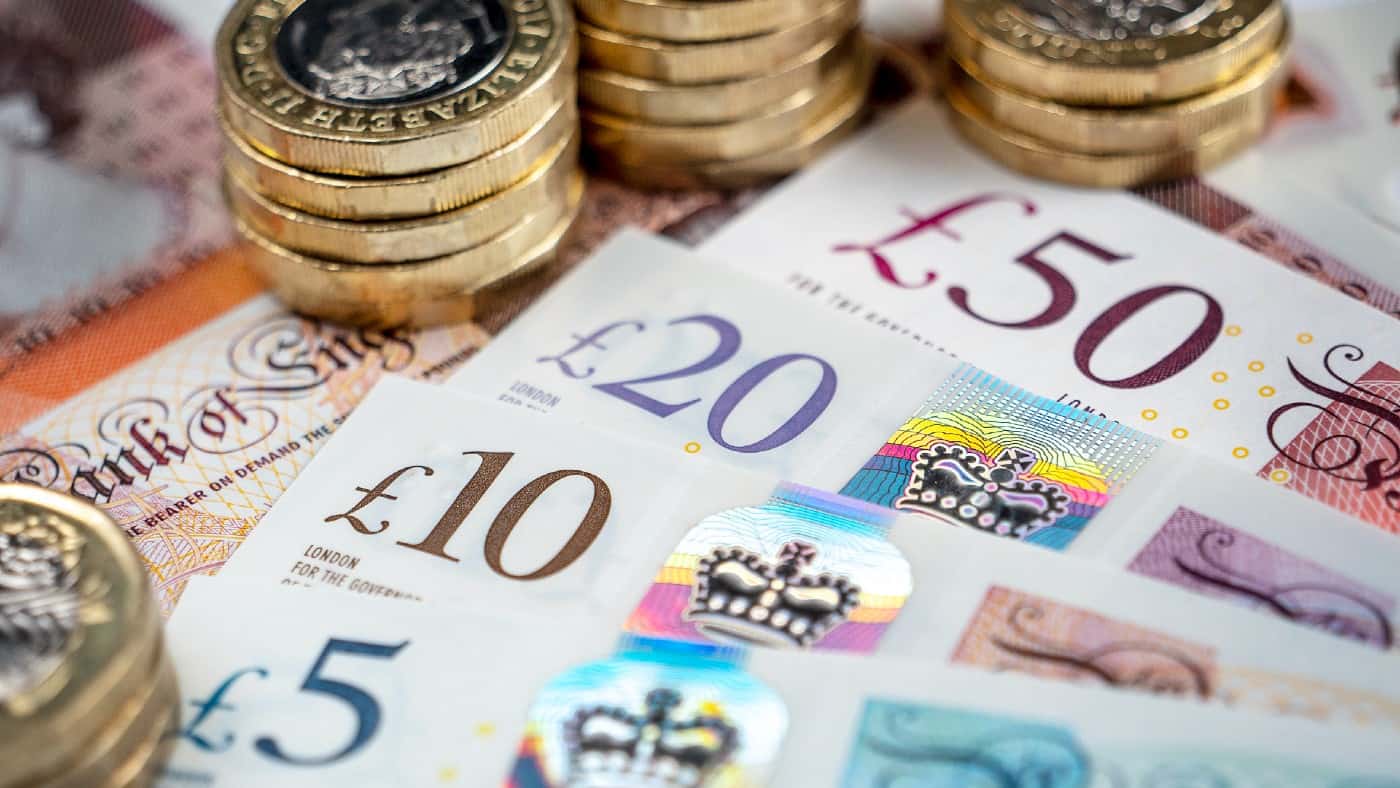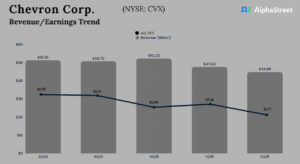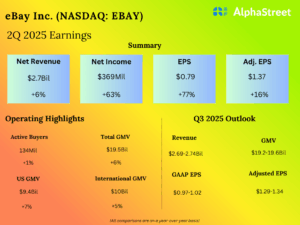
Image source: Getty Images
Passive income ideas come in all shapes and sizes. One I like for its simplicity is putting money into shares of proven businesses that I hope can pay me dividends in future.
It is an idea I use myself and helps explain why I own shares such as Diageo.
But while Diageo has grown its dividend annually for decades, there is no guarantee that it will keep doing so in future. It has what I think is a reasonable dividend yield (how much an investor will hopefully earn annually in dividends from a share, expressed as a percentage of its purchase price) but other shares in the market have much higher yields.
So, what sorts of shares might an investor target when they want to try and earn a lot of passive income relative to their investment?
Sticking to what you understand
A simple first principle, as with any investment, is to stay within what Warren Buffett calls your circle of competence.
Putting money into a business without understanding it is just speculation, not investment.
Of course, one can always spend time learning about a particular business.
Seeing the past as a predictive force
This can be difficult to do, but it is always important to remember that past performance is not necessarily indicative of what may happen in future.
We hear that frequently – but can forget it nonetheless. It is true, though.
I do think a company’s history can be richly instructive – for example it can help understand a business’s potential.
But that is different from thinking it will keep doing what it has before, just because it has done it before. Diageo’s long run of annual dividend increases could stop overnight – as could any dividend.
Cash generative businesses
That also helps explain why it is important to diversify.
When hunting for passive income, a big clue can come in the shape of a company’s likely future free cash flows. Specifically – is this business likely to keep generating far more money than it needs? Not only that, but is management open to using it to fund big dividends?
Many businesses explicitly set out their dividend policy. That and getting a grasp of its free cash flows can help an investor as they assess a potential investment.
Looking at the source of cash flows
That is about more than just looking at a statement of (historic) cash flows, though. It also involves looking at the source of those cash flows.
Take British American Tobacco (LSE: BATS) as an example.
Like Diageo, it has raised its dividend per share annually for decades and set out its plan to keep doing so. Its business of manufacturing cigarettes cheaply and selling them at a high price is massively cash generative, to the tune of billions of pounds of free cash flow in the average year.
But there is a challenge – fewer people are smoking. Although British American’s branding and the addictive nature of smoking gives it some pricing power, raising prices can only go so far to offsetting shrinking volumes.
The same is true for non-cigarette products, which are so far much less cash generative than cigarettes.
The British American yield of well over 5% is attractive from a passive income potential. The question is, can it last?



